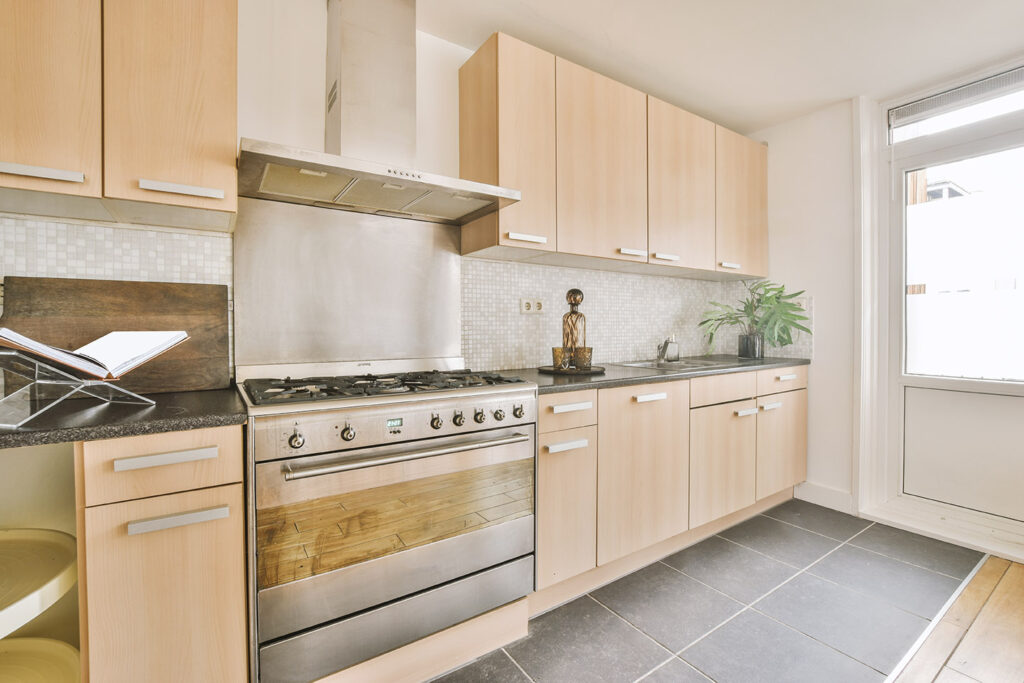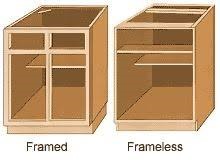When it comes to designing your dream kitchen, one of the crucial decisions you’ll need to make is choosing between framed and frameless cabinets. Cabinets are not only functional storage solutions for your kitchen, but they also play a significant role in the overall aesthetics and style of the space. Understanding the difference between framed and frameless cabinets can help you make an informed decision that suits your needs and preferences.
The choice between framed and frameless cabinets can dramatically impact the overall look and function of your kitchen. Both types have their distinct advantages, and understanding these can guide you towards a decision that best aligns with your vision for your kitchen.

Framed Cabinets
Framed cabinets, also known as American-style cabinets, have a frame or ‘face’ on the front of the cabinet box, to which the door is attached. This design creates a strong, sturdy structure, offering more durability over time. With framed cabinets, the door hinges are often visible, which contributes to a more traditional aesthetic. They also offer more modification options, such as varied door mounting styles – full overlay, partial overlay or inset. However, the presence of a frame can slightly reduce the storage space available.
Frameless Cabinets
On the other hand, frameless cabinets, often referred to as European-style cabinets, eliminate the front frame. Instead, the door is attached directly to the cabinet box, providing a seamless, contemporary look. This style offers slightly more accessible storage space as there is no center stile or frame edge to obstruct the cabinet’s interior. With hidden hinges and full-overlay doors, frameless cabinets deliver a clean, modern aesthetic that can complement contemporary kitchen designs. However, they might not offer as much structural rigidity as framed cabinets, which can be a consideration if heavy items will be stored.
Making a Choice
When choosing between framed and frameless cabinets, consider factors such as your kitchen’s design aesthetic, storage needs, and the type of items you plan to store in your cabinets. For instance, a modern or minimalist kitchen design might be better complemented by the sleek look of frameless cabinets. On the other hand, a traditional or transitional kitchen may be better suited to the classic aesthetic of framed cabinets.
In terms of budget, frameless cabinets can be more expensive due to the additional materials and construction methods used. But it’s important to consider the long-term value and durability of your choice, as well as its impact on the overall style and function of your kitchen. Consulting with a kitchen designer or professional can provide valuable insights to help you make an informed decision.
Choosing between framed and frameless cabinets for your dream kitchen involves a careful analysis of your aesthetic preference, storage requirements, and budget. Framed cabinets offer durability, versatility, and a classic look, while frameless cabinets provide a sleek, modern aesthetic, and greater accessibility. Your choice can significantly influence the overall style, functionality, and longevity of your kitchen. To ensure you make an informed decision that aligns with your dream kitchen’s vision, consider consulting with a kitchen design professional who can guide you based on your specific needs and preferences.
Click here to learn more.

